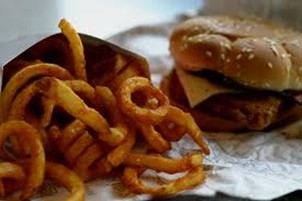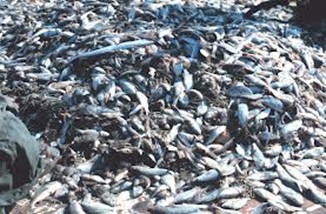Uh oh, food politics again. Here is more proof that we, individual citizens, need to become our own food safeguards. We knew that the FDA and USDA are heavily influenced by meat, dairy, and grain lobbies (and that’s putting it politely), but it’s sad to learn that organizations that we thought were on our side may not be so innocent.
My friend Michele Simon, who runs the watchdog organization Eat Drink Politics, has found that the Academy of Nutrition and Dietetics is way too friendly with major food industries. According to her report, the Academy accepts money from ConAgra (which makes ReddiWip cream in a can, the heavily salted Marie Callender’s products, etc), the National Cattlemen’s Beef Association (which sued Oprah Winfrey for daring to say she wouldn’t eat another hamburger), Kellogg’s, Mars, and the National Dairy Council.
If you’re a dietitian or nutritionist, you can get continuing education credits by taking a course from Coca Cola (where you will learn that sugar is not a threat to children), Kraft (which makes a cereal that is 55% sugar), Nestle, and others.
Maybe we should not be surprised, then, that the Academy has not yet endorsed important public health measures, such as taxing sodas and labeling genetically modified foods.
But as always, there’s good news just around the corner. Disgusted by this unhealthy partnership, a group of dietitians has recently formed Dietitians for Professional Integrity.
I’m happy to report that, according to food activist Ocean Robbins, over 500 dietitians joined the group – within two days of its launch.





